Once you start researching DIY hair care products, you’ll start to see that there’s a dizzying array of surfactants available for use. Unless you understand different types of surfactants and how they’re used, you’ll be stuck using other people’s recipes, and wouldn’t it be great if you could formulate your own?
Knowing just the different groups of surfactants, as well as a few of the most popular surfactants, will give you the basic knowledge that you need to start formulating your own homemade hair care recipes.
What are surfactants?
Surfactants are ingredients with molecules that have a hydrophobic end, which repels water, and a hydrophilic end, which is attracted to water. This means that those molecules will attach to both water and oil, one at each end. This allows them to solubilize oily substances in water. This is how surfactants cleanse, how they emulsify water and oil based ingredients, and how they can solubilize small amounts of oil (like essential oils) in water-based products.
Cleansing surfactants work by lifting dirt and oil from your hair and then trapping them in structures called micelles. To create this structure, the surfactant attaches its hydrophobic end to oil and dirt, and its hydrophilic end to water. When the surfactant molecules are surrounded by water, the hydrophobic ends are forced together, encapsulating dirt and oil and allowing them to be rinsed away.
When we think about surfactants, we usually think of detergents; synthetic substances that are created for cleaning. Surfactants exist in nature, too, in plants like soap wort and soap nuts. Even all natural soap is a surfactant. So don’t worry that surfactants have to be harsh ingredients. There’s a huge variety of surfactants suitable for everyone’s needs and preferences.
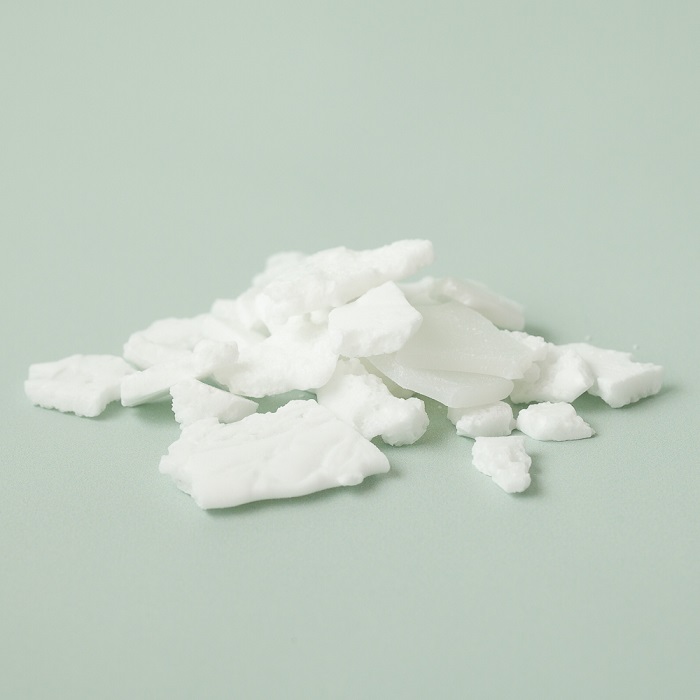
Why use surfactants?
We all know that soap, especially handmade soap, is an excellent cleanser for your skin and can help keep your skin moisturized and healthy. So why use surfactants other than soap?
Surfactants are a lot more versatile than soap alone. Soap is only one type of surfactant, and using other surfactants gives you a lot more choice.
For example, it’s much easier to control the pH of your product when using other surfactants. Soap is uniformly alkaline, with a pH of around 9-10. On the other hand, there are surfactants that are alkaline, neutral, or acidic. This means that it’s easier to adjust the pH of your product. This is especially important when using other ingredients that may be sensitive to pH, and when creating products that are used for hair and skin.
Most shampoos have a pH of 4–6 , which is mildly acidic.
Different surfactants also serve different purposes, while soap has just one basic set of characteristics. This gives you more options for customizing your homemade skincare and hair care products, so you can create exactly the product you want.
For shampoos and other cleansing products, you usually use a surfactant blend. That means that you’re using two or more different surfactants to create your formulations, so if you’re combining surfactants, you need to know which ones will work together and which ones won’t.
So let’s look at some of the different types of surfactants.
Anionic surfactants
Anionic surfactants have a negative charge at the hydrophilic end of the molecule. Anionic surfactants are typically cleansing surfactants. They excel at removing particulate matter and vary in their effectiveness in removing oily substances. Anionic surfactants also produce excellent lather.
Anionic surfactants are often the primary surfactant in a surfactant blend for shampoo, because they are the primary cleansing agent. Anionic surfactants typically can’t be combined with cationic surfactants, but can be combined with nonionic surfactants and amphoteric surfactants to improve the overall effectiveness and mildness of the surfactant blend.
While anionic surfactants can be harsh, they vary widely in their gentleness or harshness. There’s an anionic surfactant for every project and every user.
Examples of anionic surfactants
- Potassium cocoate (liquid soap made from coconut oil)
- Sodium lauryl sulfoacetate
- Sodium cocoyl isethionate
- Coco Cleansing Flakes - SCMI
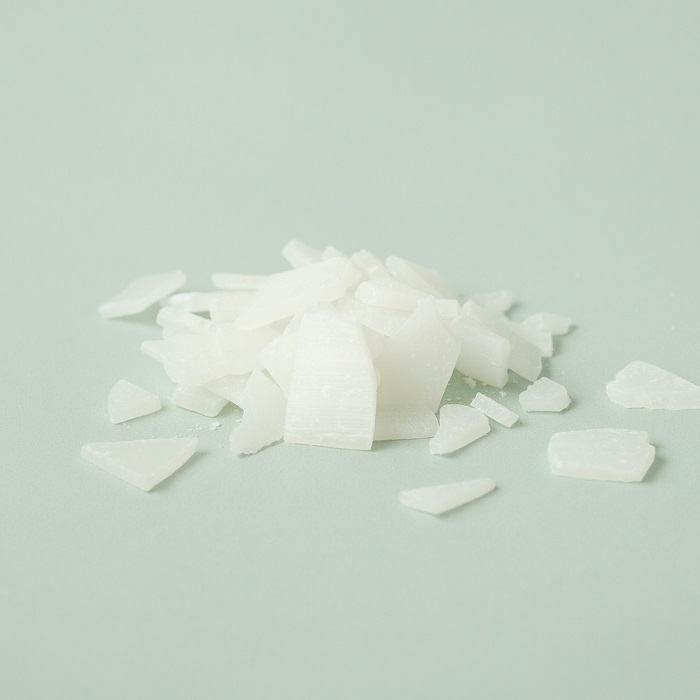
Nonionic surfactants
Nonionic surfactants have a neutral charge. They’re neither positively nor negatively charged. Nonionic surfactants tend to be the best at solubilizing oils, so they can take up some of the slack from anionic surfactants that don’t do the best job at removing excess sebum from your hair. Nonionic surfactants also tend to be gentler, and can help mitigate anionic surfactants that can irritate sensitive skin.
Nonionic surfactants are non-foaming or low foaming. This doesn’t impact their performance, but people associate lather with the act of cleansing their hair, so it provides a better user experience.
Examples of nonionic surfactants
- Polysorbate 80
- Gentle Bubble - DG
- Coco glucoside
- Lauryl glucoside
- Caprylyl/Capryl Glucoside
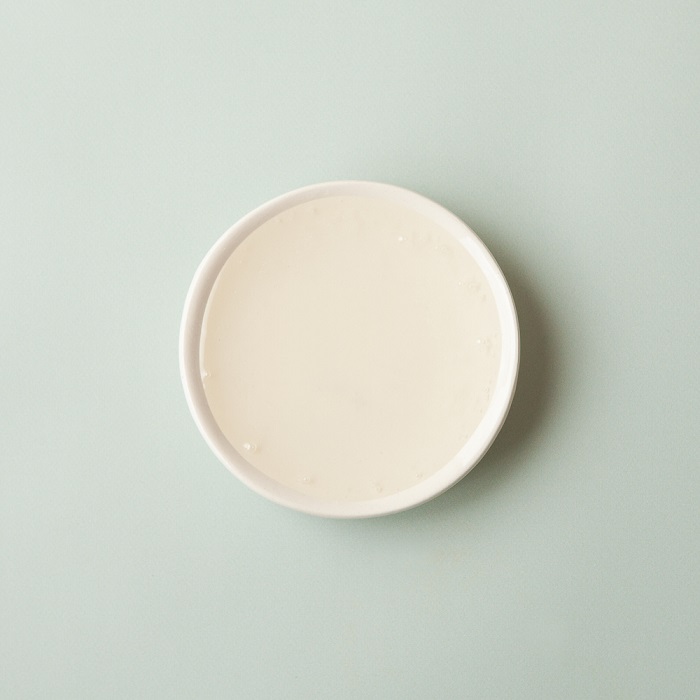
Cationic surfactants
Cationic surfactants carry a positive charge. Cationic surfactants are great for adding conditioning properties to products, to act as a solubilizer and emulsifier, and to reduce static. Cationic surfactants are not very effective cleansing agents.
They also typically can’t be used in combination with anionic surfactants, so you’re not likely to see them in shampoos.
Where cationic surfactants really shine is in products like conditioners, hair masks, and even hand and body creams. These products are usually an emulsion of oils and water-based ingredients. Because oil and water don’t mix, you need an emulsifying agent to bring them together. Cationic surfactants are great for emulsifying conditioners, because they also boost conditioning properties and leave the skin and hair feeling fabulous.
Examples of cationic surfactants
- Behentrimonium methosulfate (found in BTMS - 50 Conditioning Emulsifier)
- Conditioning Emulsifier - BTMC
- Cetrimonium chloride
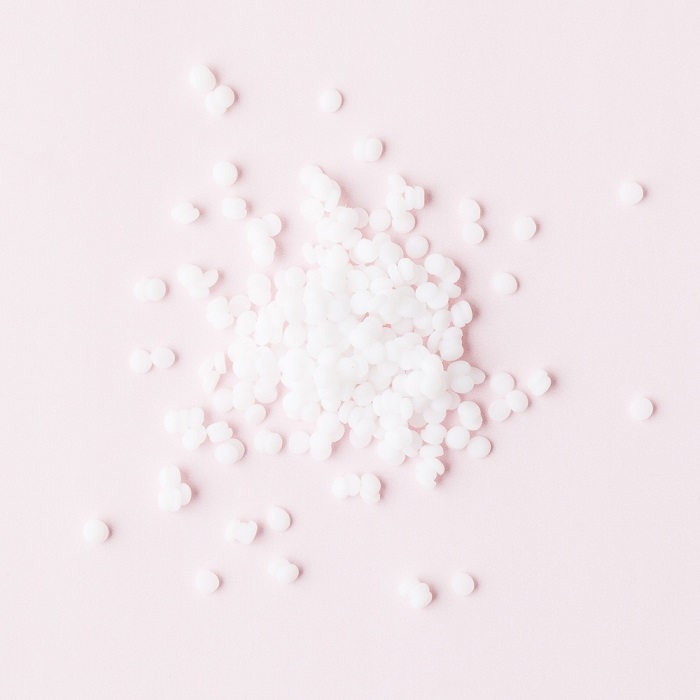
Amphoteric surfactants
Amphoteric surfactants are surfactants that can have a positive or negative charge depending on the pH of the product.
Amphoteric surfactants are very mild cleansers, so they are usually used as co-surfactants in a surfactant blend. They’re very gentle and help make the overall formulation gentler. They’re also used to help stabilize lather and strengthen the micelles that help cleansing surfactants remove dirt and oil.
Examples of amphoteric surfactants
- Cocamidopropyl betaine
- Babassuamidopropyl betaine
- Sodium cocoamphoacetate
- Cocamidopropyl hydroxysultaine
- Babassuamidopropyl hydroxysultaine
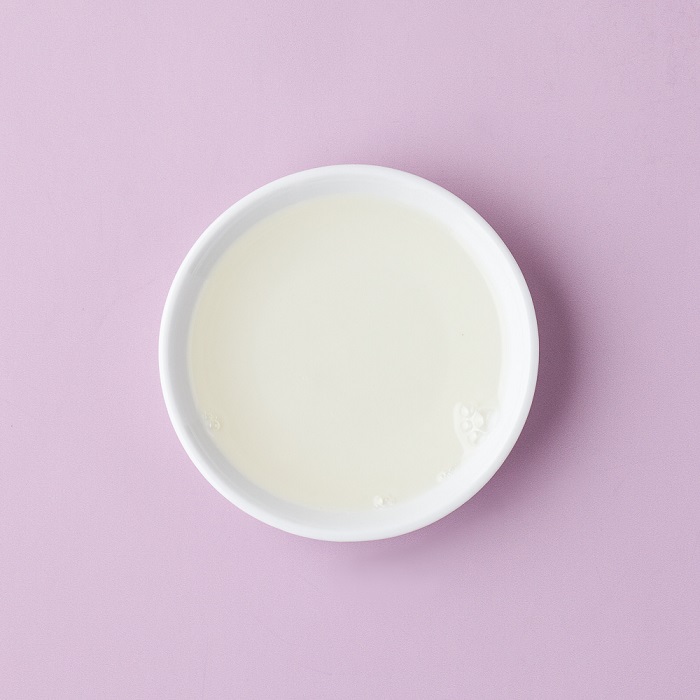
The surfactant blend
In order to create the best shampoo (or body wash, or facial cleanser) that you can, you’re typically going to use a blend of surfactants. This is where you start customizing your product. Cleansing surfactants are going to be the bulk of your surfactant blend. These are cleansing surfactants. Blending these lets you take advantage of their different cleansing properties.
In soap making, we mix different oils to create the best possible blend for our soap. Some for cleansing, some for lather, some for moisturizing, and some for hardness. Blending surfactants is very similar; some cleanse well, some create great lather, and some even condition hair and skin.
Then you start adding your co-surfactants. They make the overall surfactant blend gentler and provide different cleansing qualities. They also support lather stability and micelle formation.
In terms of choosing the surfactants needed for your product, you’ll want to take a look at the properties of different kinds of surfactants and the individual surfactants. You may also want to consider the origin of each surfactant. There are many surfactants derived from plants.
In the end, what surfactants you choose relies on the chemistry, yes, but also on the final product and your own needs and preferences. Once you do a little research, you’ll figure out which ones are the ones that you’d like to experiment with. Then, just get creative and start.

